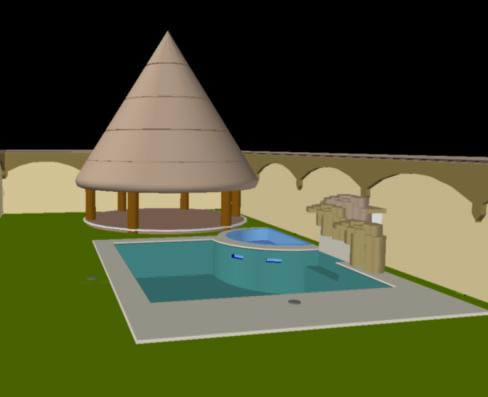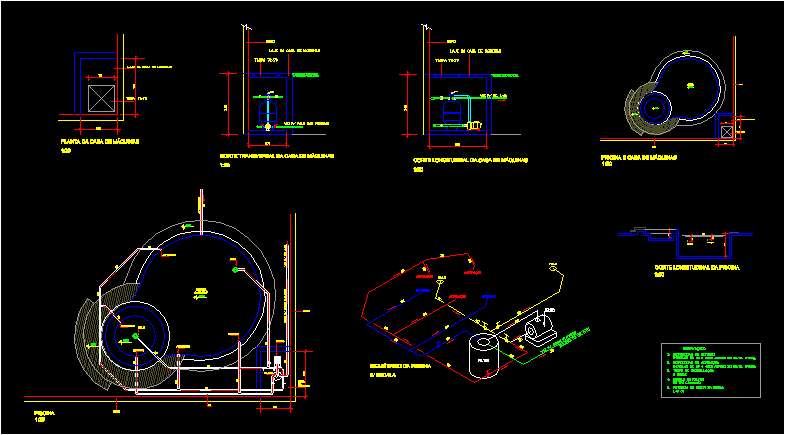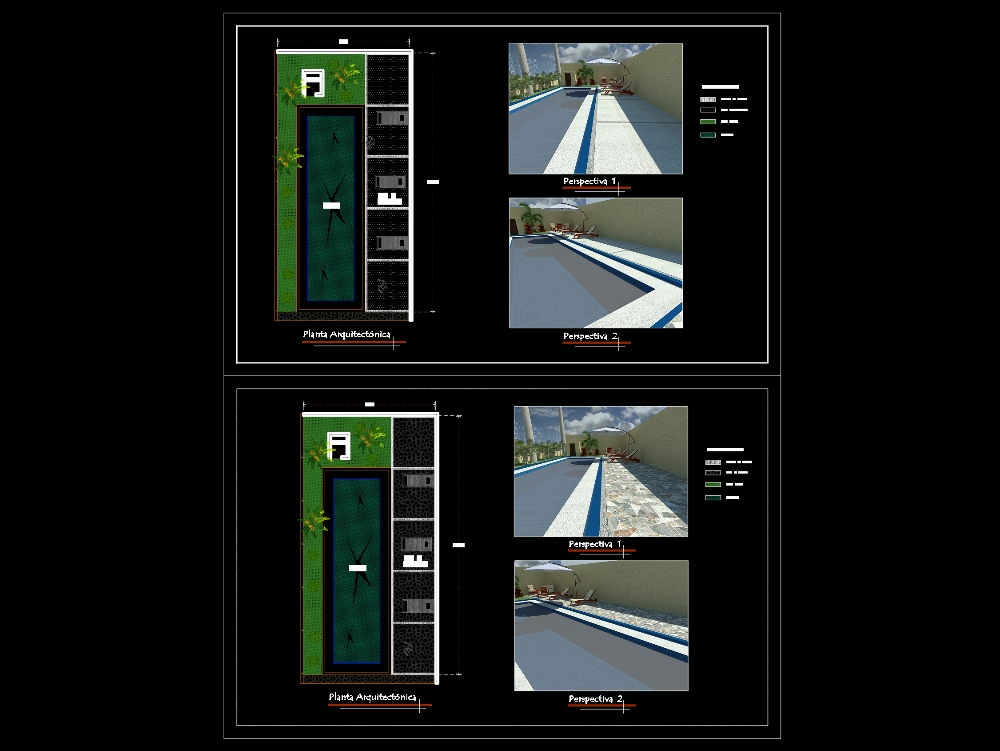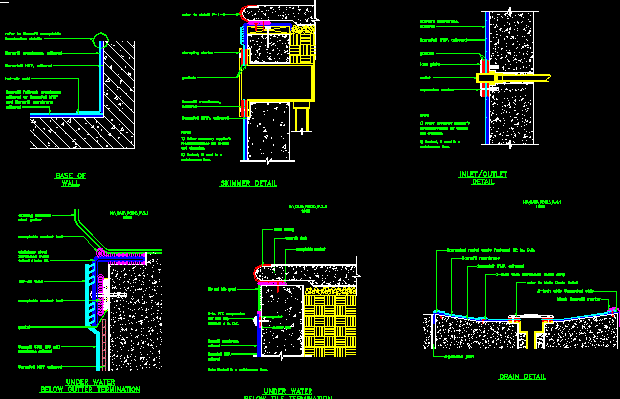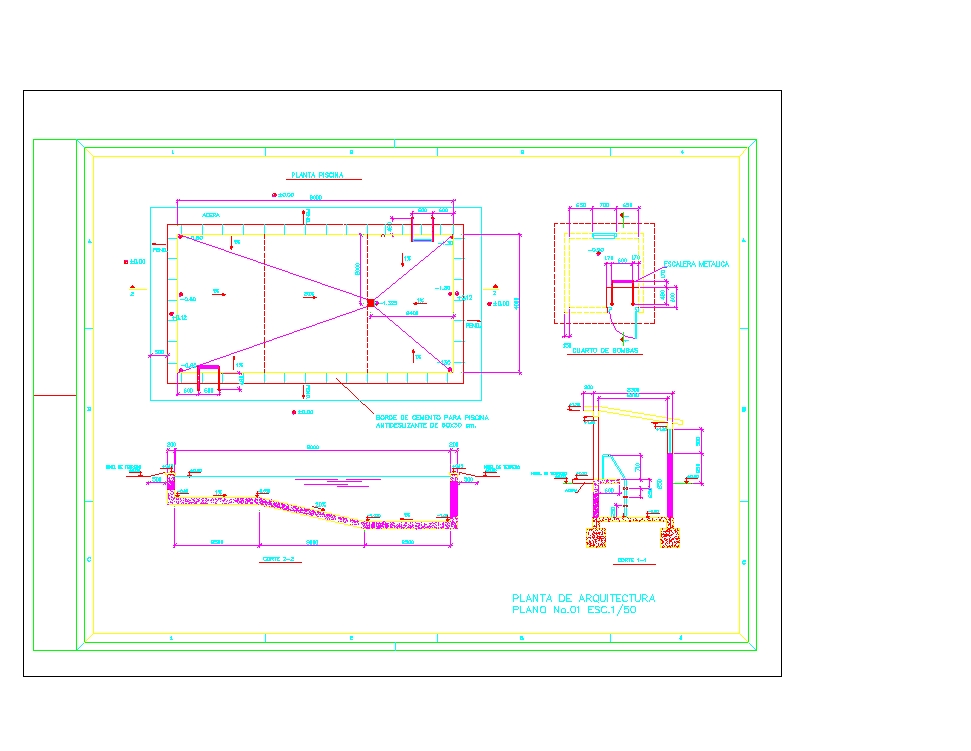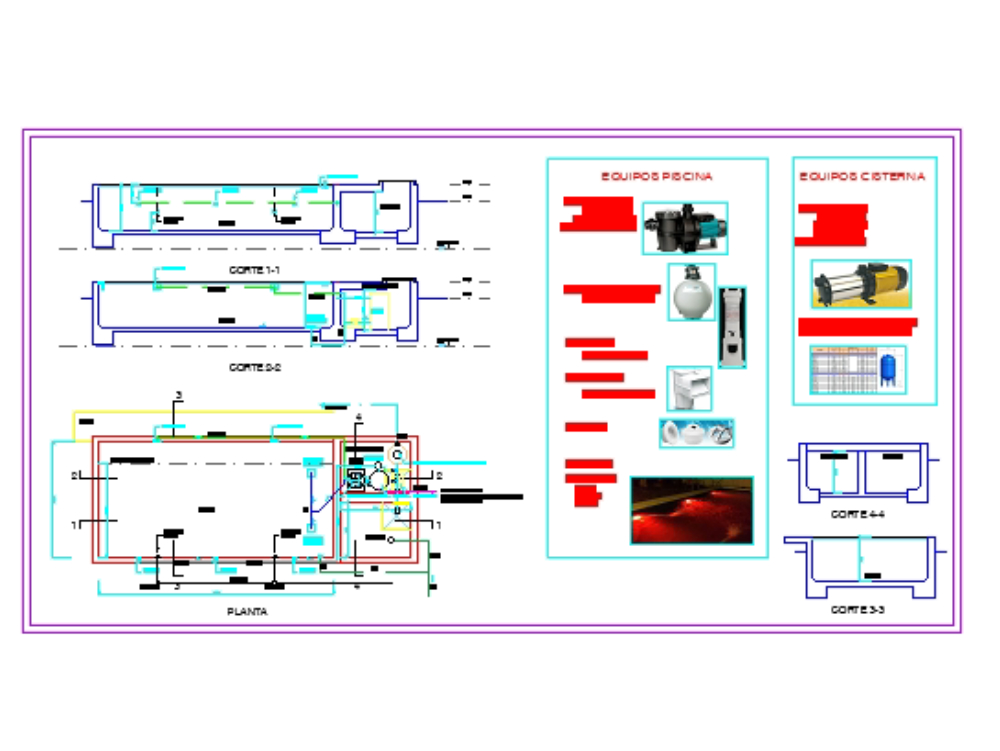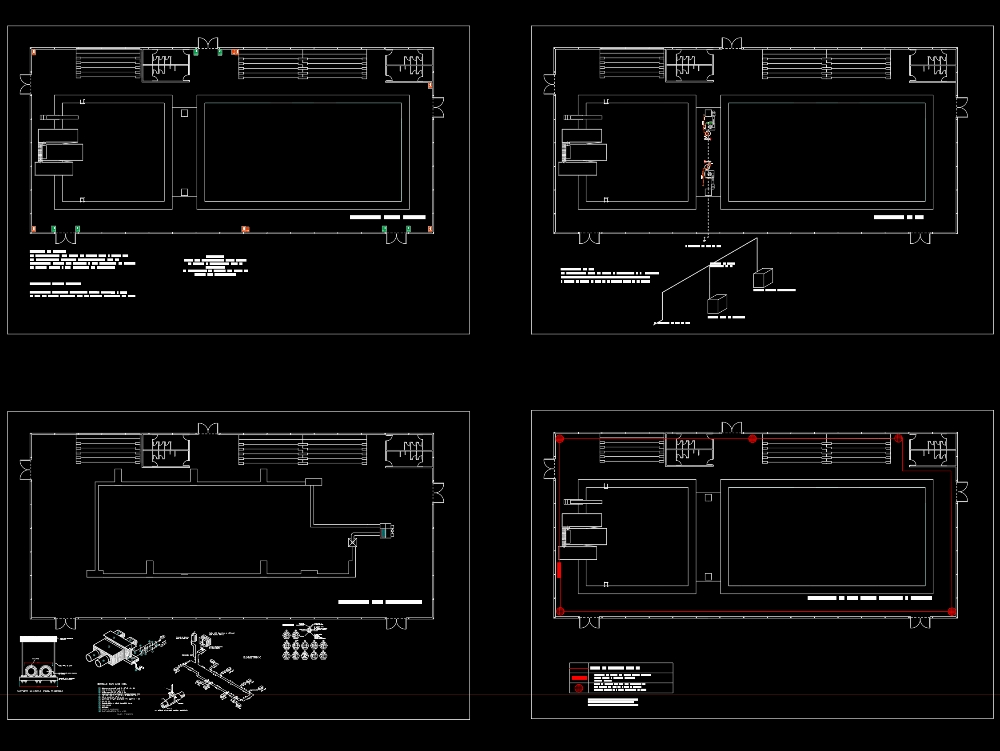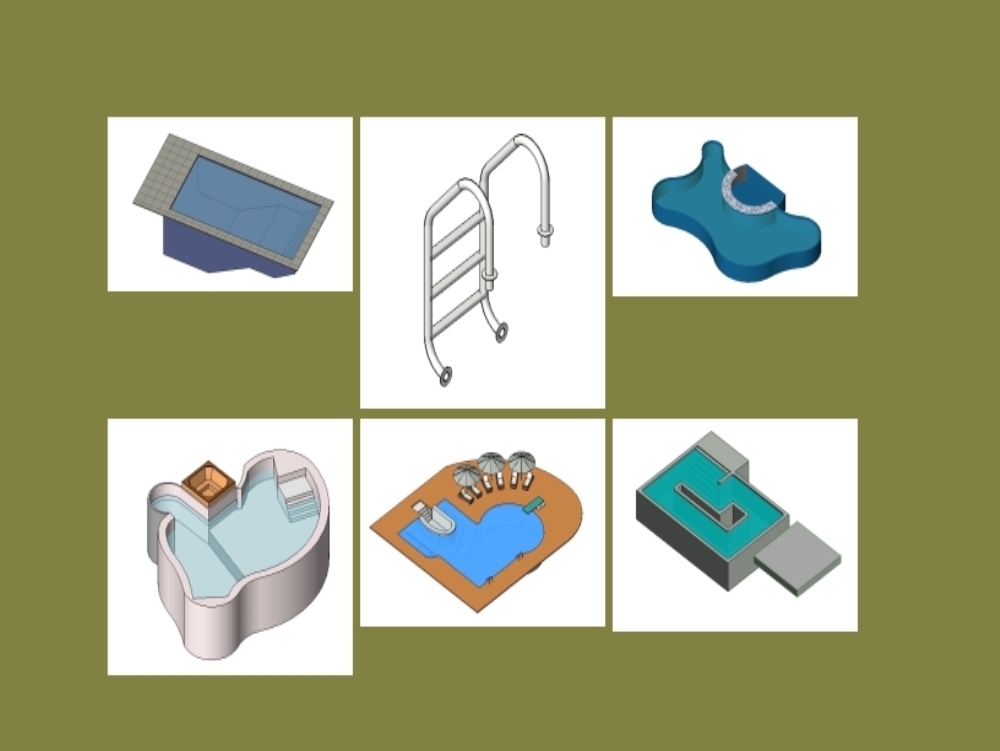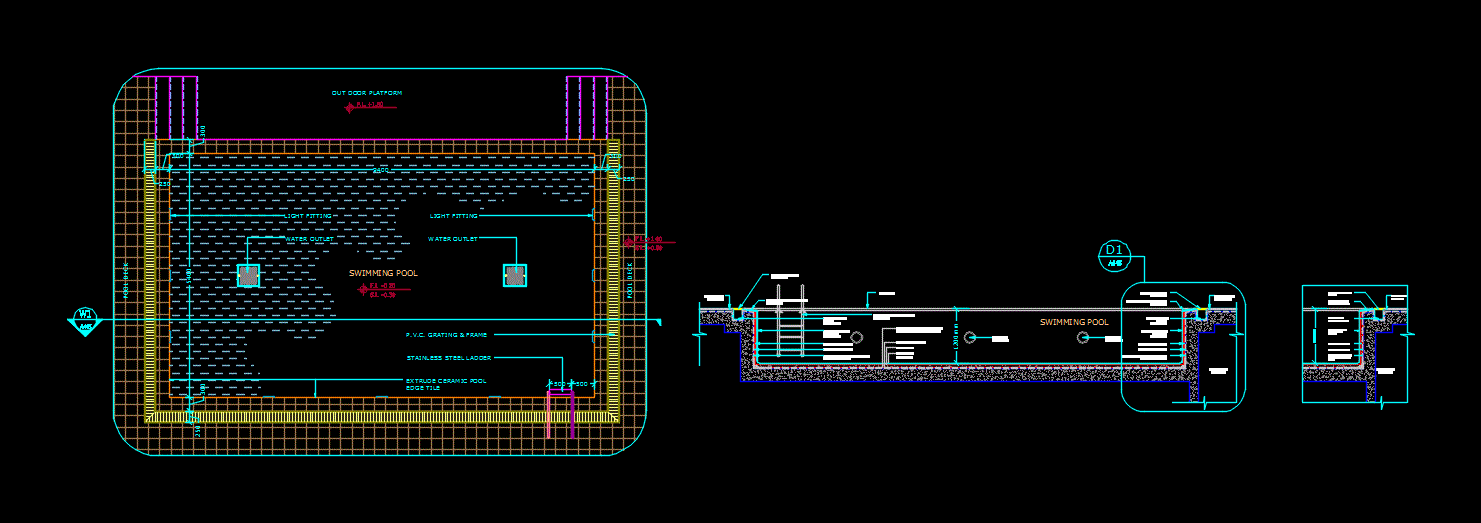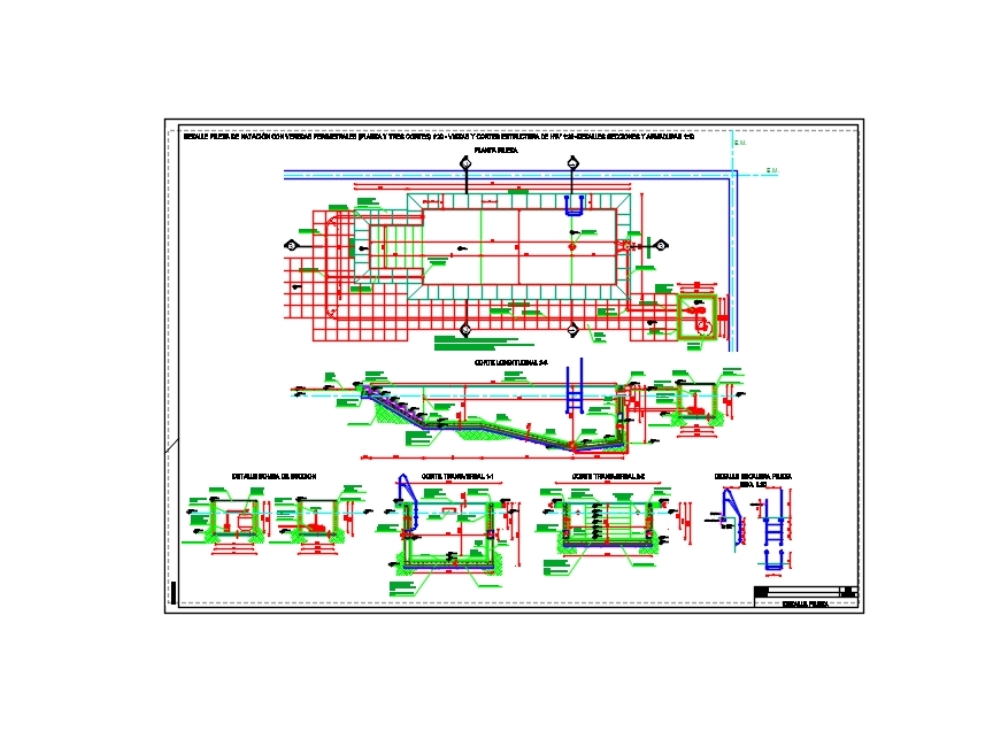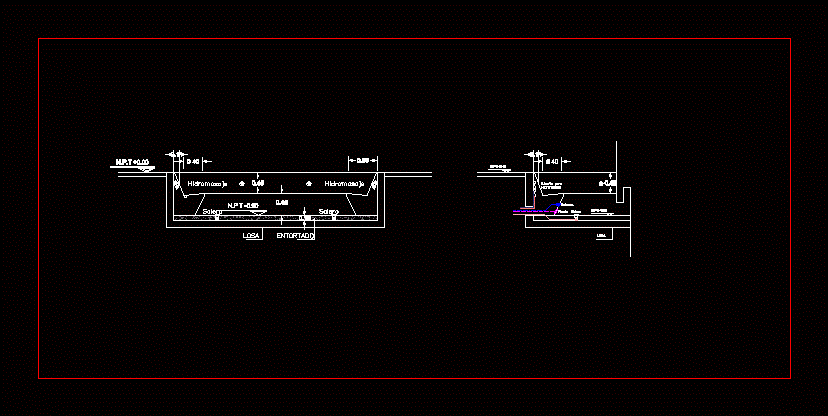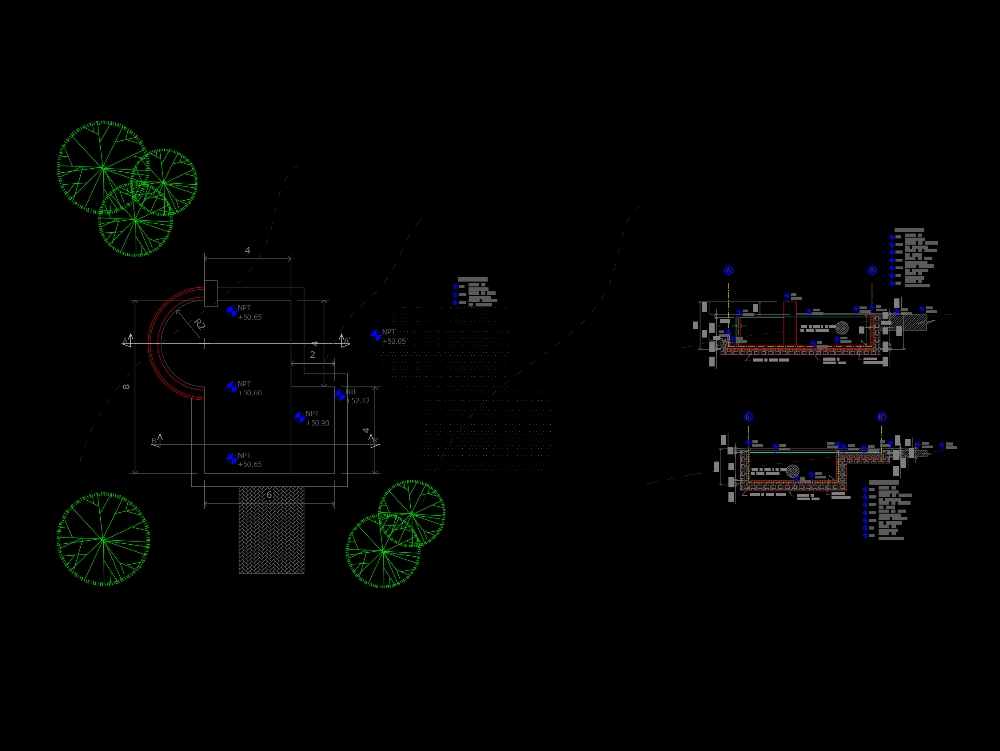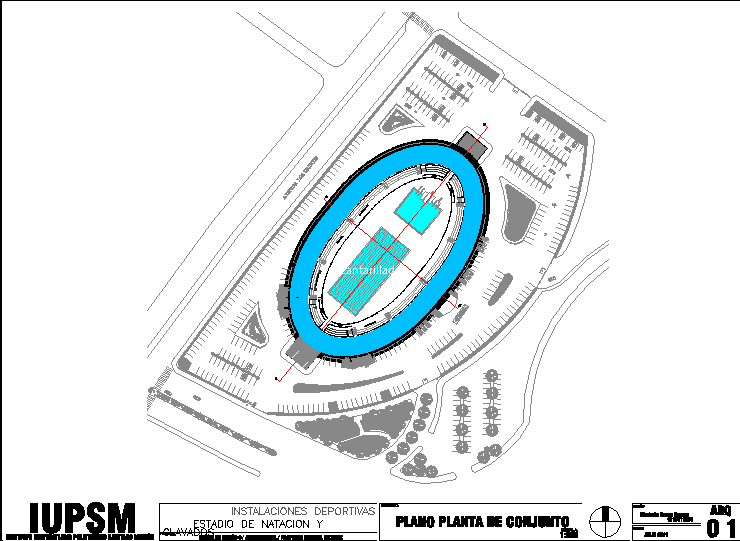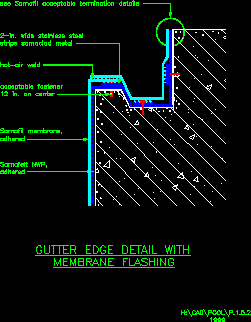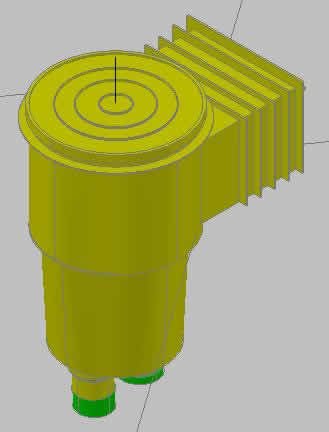Vinyl-lined inground pools are
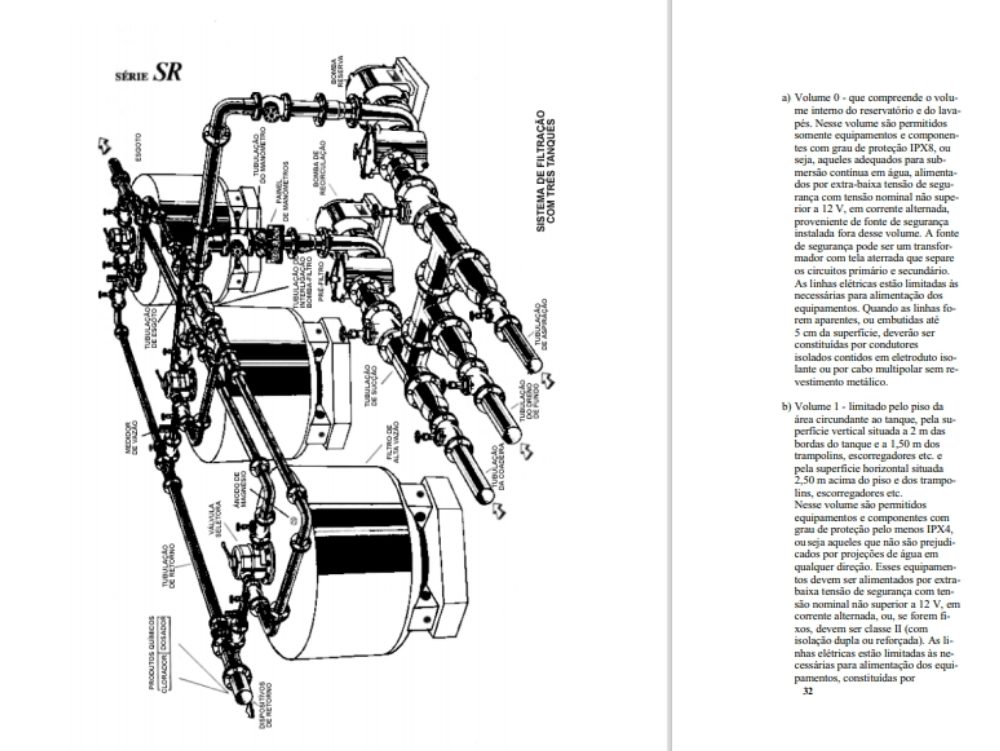
Fiberglass pools are made of fiberglass-reinforced plastic; molded in the shape of a bowl. for installation; a construction crew digs an appropriately sized hole; place the necessary bombs; fill it with some sand and lower the pre-built structure into the hole. right away; they level the pool; Hook all the bombs and close off the area around them. generally; It is surrounded by a concrete structure. *Vinyl Lined Inground Pools are structurally very similar to those described above; but they look more like conventional built-in models. the construction crew digs a hole and assembles the metal frame; plastic or wood around the perimeter of the hole. like in a swimming pool without embedding; The crew puts sand in the bottom of the hole and affixes the vinyl alignment to the structural wall. these pools are much cheaper than other integrated models; but not as durable. in general; the lining should be changed approximately every ten years. * Gunite pools are the most popular model in most of the United States. to build; the team digs a hole; place the bomb in place and assemble a structural grid with; 07/0; 2 m reinforcing steel rods (mounted on the frame). the rods are 2,5 m apart and wired together. when the grid is in place; the team throws a heavy gunite cover; a mixture of cement and sand; around the assembled structure. the spray combines dry gunite mixed with water before being sprayed: this produces liquid concrete. the team applies the gunite and allows it to dry for a week before applying the finish to the surface. the most popular finish is called plaster (a mixture of cement and white sand); but many people finish it with a special stain for concrete; tile; stones or even fiberglass. Gunite pools (and similar; shotcrete pools) are highly durable and can be built in any size or pattern. * reinforced concrete pools are similar to gunite pools; but they are much more difficult to build. instead of spraying concrete material around the structure; the concrete is poured into conventional wooden forms. with the appearance of gunite methods; the construction of reinforced concrete swimming pools was set aside. in masonry block pools; the walls are built with concrete blocks. although the models of these pools are quite different; They are based on the same pumping and filtering systems. in the following sections; We'll see how these components keep the pool running. Floating Pool A built-in pool may appear to be a solid, immobile structure; however, it can be compared to a ship; since it can float in the water around it. when the pool is empty; the pressure of this water can push the structure up and thus break it. how the pressure should be equal on each side of the pool; this is one of the reasons why swimming pools are kept full of water at all times. Most modern inground pools have a hydrostatic valve near the main drain to prevent damage from groundwater pressure. basically; if this water pressure is big enough; will cause a slight fluctuation; which will open the valve.
- Format DWG
- File size 1.26 MB
